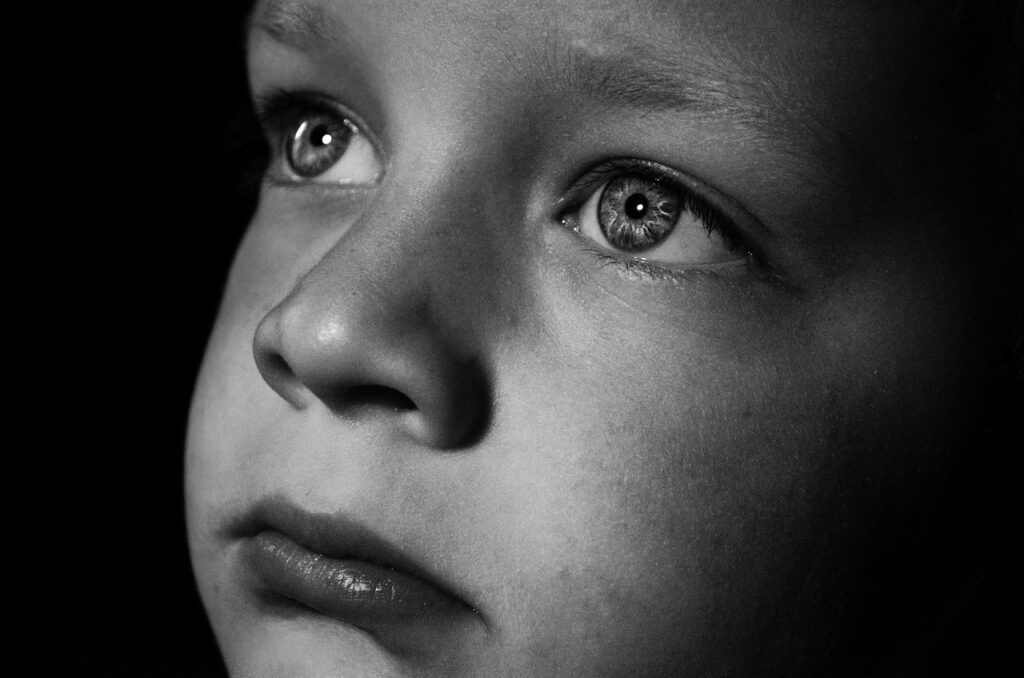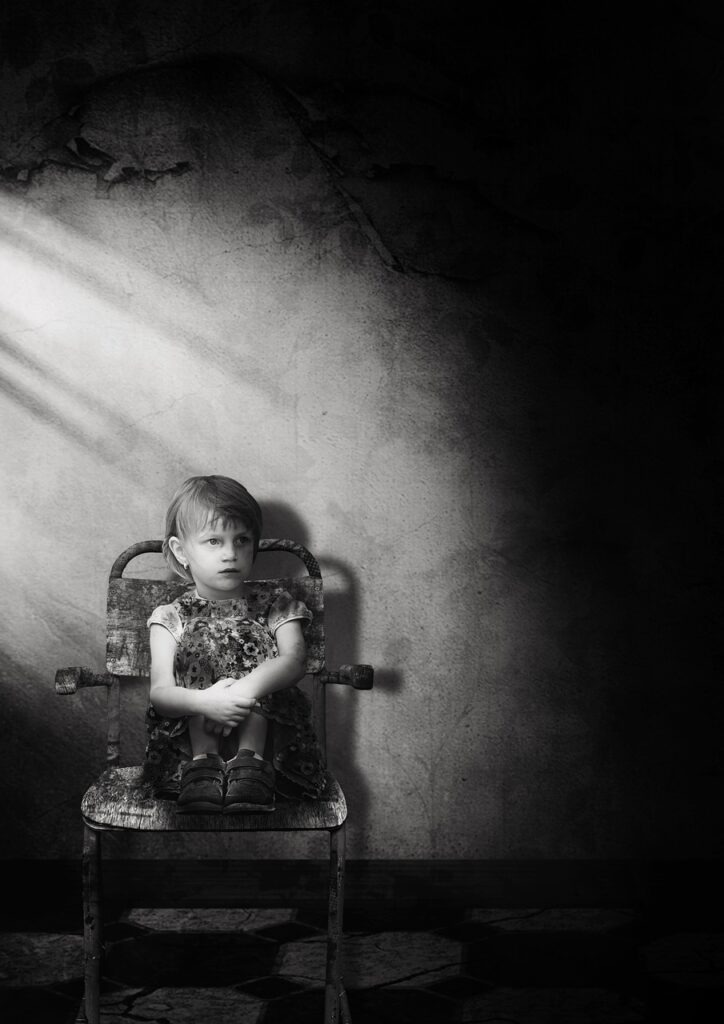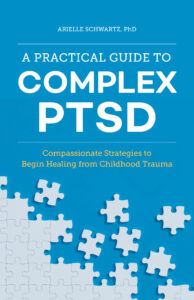
Children require healthy, caring, and attentive adults to help them develop their social and emotional intelligence. It is the job of a parent to help children feel safe enough to express uncomfortable feelings. When children feel supported, they learn that stressful moments are only temporary and that they can resolve into positive experiences of empowerment or deepened connections in relationships.
However, when parents are emotionally withholding, controlling, or abusive, they fail to help their children develop a healthy emotional landscape. Within this unsafe territory, children become explosive or cut off from their feelings. In some cases, children become hyper-aware of their parents’ distress or are compelled to take care of their parents’ emotional needs. This process of abandoning self for the purpose of attending to the needs of others is called the Fawn Response.
The fawn response involves people-pleasing to the degree that an individual disconnects from their own emotions, sensations, and needs. In childhood, this occurs because they must withhold expressing their authentic emotions of sadness, fear, and anger in order to avoid potential wrath or cruelty from a parent or caregiver. As a result, they turn their negative feelings toward themselves in the form of self-criticism, self-loathing, or self-harming behaviors. In adulthood, an unresolved fawn response can then become the root of co-dependence, depression, or somatic symptoms of pain and illness.

When a child learns to cope by taking care of the parent’s emotional needs, that child is relying on a defense structure, termed the “fawn” response which has been widely discussed by Pete Walker in his book on Complex PTSD. The fawn response involves trying to appease or please a person who is both a care provider and a source of threat. Examples of fawning include:
When engaging a fawn response, an individual bypasses their own needs and in some cases, sense of identity, for the sake of attending to the needs of others. In adulthood, an unresolved fawn response might lead to patterns of people pleasing or co-dependence, in which one continues to sacrifice their own needs for the sake of maintaining relationships.
If you struggle with the fawn response, it will be important to focus on increasing awareness of your emotions, validating your needs, and developing your boundaries.

Children who are abused are faced with a conflict between their need to flee a dangerous environment and their need to attach to caregivers. We are biologically driven to form an attachment to a parent or caregiver even when they also a source of critical, shaming, neglectful, or abusive behaviors.
Since children have no way to escape an abusive household, they need to make the dangerous environment tolerable. This requires a profound dissociative split between the part of the self that upholds the attachment to the caregiver and the part that holds the reality of the abuse. Often that latter part has to be cut off in order for the child to survive. Dissociative symptoms often continue into adulthood in order to avoid remembering or acknowledging the abuse.
When relying upon a fawn response, children “take care” of a parent by restricting expressions of anger or distress in the hope that doing so will reduce the likelihood of further neglect or abuse. In many cases, children will then turn their negative feelings toward themselves. As a result, the anger fuels self-criticism, self-loathing, or self-harming behaviors. In adulthood, this process can evolve into depression or somatic symptoms of pain or illness.

Physiologically, a fawn response involves reading the social and emotional cues of others to attend to and care for their needs. Fawning also involves disconnecting from body sensations, going “numb” and becoming “cut off” from your own needs. This can lead to derealization and depersonalization symptoms in which they feel as if the world around them isn’t real, as if their body and actions are not part of them, or as if they are living in a fog.
From a polyvagal perspective, these symptoms suggest two different patterns of engagement of the vagus nerve. One is an over-reliance upon the ventral vagal circuit or social nervous system for the purpose of appeasing and pleasing others. Secondly, this patterns suggests reliance upon the evolutionary older circuit of the vagus nerve called the dorsal vagal complex. This primitive strategy engages the parasympathetic nervous system in an unrefined manner in order to immobilize the defensive strategies of fight or flight. This is important for survival when there is no way to escape an unsafe situation. Over time, relying upon these vagal pathways can lead you to feel exhausted, depleted, or burnt out. (You can learn more about polyvagal theory and Complex PTSD here).

The process of healing from the fawn response involves recognizing when you are engaging in people-pleasing or co-dependent behaviors. However, be kind to yourself! This process can take time. A fawn response is habitual. This means that it is hard to identify when you are doing it.
Remember, when you were a childhood, you may have needed these behaviors to survive; but, now can be different from then. Now, you can learn to take better care of yourself and set healthier boundaries with others. You can learn and practice new and…it will get easier over time. These next two tools can help.

A fawn response can lead you to disconnect from your own emotions, sensations, and needs. Therefore, it is important to practice listening to your body as a way to come back home to yourself. Accessing your inner wisdom involves connecting with your embodied knowing. Even as you read these words, pause and notice the ways that your intuition communicates through your senses.
Take a moment to reflect upon a current challenge that you are facing in your life. As you do so, listen for and sense the subtle changes in your belly, chest, or throat. Do you notice small changes in how you are breathing? Rather than overriding these signals, ask yourself, What does my body want me to know? Continue to experiment with this practice. Over time, see if you can discover how your body, mind, and emotions work together to help you access your inner wisdom.

A fawn response can make it difficult to hear your own truth. Journaling can help you hear your voice so that you can access your inner wisdom. Now as an adult, you can give yourself permission to express your truth. Explore incomplete conversations or unfinished business from your childhood by journaling about the following prompts. Take the time to reflect upon what you wished you had said in a difficult situation. These prompts not only address the painful impact of trauma but also invite you to reflect upon your strengths. Remember, you can pace yourself with any healing strategy!

The Complex PTSD Treatment Manual: An Integrative Mind-Body Approach to Trauma Recovery is written for clinicians who are helping clients navigate the consequences of repeated or chronic traumatization. This is a roadmap for therapy with clients who have experienced prolonged and chronic exposure to traumatic events.
This book offers a deep dive into the ways in which therapy is a combination of head and heart, of science and art. A mind-body approach to trauma recovery is now recognized as essential to successful treatment for we simply cannot think our way out of these innate, physiological responses to trauma. Successful treatment requires a compassionate therapeutic relationship and effective, research-based interventions. This integrative model brings together relational therapy, mindful body awareness, parts work therapy, cognitive behavioral therapy (CBT), eye movement desensitization and reprocessing (EMDR), somatic psychology, and practices drawn from complementary and alternative medicine (CAM). Click Here to order.

Learn more about healing C-PTSD in The Practical Guide to Complex PTSD: Compassionate Strategies for Childhood Trauma, which is meant to provide support for the process of healing from childhood trauma. You can think of it as a lantern that will illuminate the dark spaces and provide a sense of hope in moments of despair. The practical strategies you will learn in this book are taken from the most effective therapeutic interventions for trauma recovery. You will learn the skills to improve your physical and mental health by attending to the painful wounds from your past without feeling flooded with overwhelming emotion. My wish is to help you discover a new sense of freedom. The traumatic events of your past no longer need to interfere with your ability to live a meaningful and satisfying life. Click here to Order on Amazon.

Arielle Schwartz, PhD, is a psychologist, internationally sought-out teacher, yoga instructor, and leading voice in the healing of PTSD and complex trauma. She is the author of five books, including The Complex PTSD Workbook, EMDR Therapy and Somatic Psychology, and The Post Traumatic Growth Guidebook. Dr. Schwartz is an accomplished teacher who guides therapists in the application of EMDR, somatic psychology, parts work therapy, and mindfulness-based interventions for the treatment of trauma and complex PTSD. She has a depth of understanding, passion, kindness, compassion, joy, and a succinct way of speaking about very complex topics. She is the founder of the Center for Resilience Informed Therapy in Boulder, Colorado where she maintains a private practice providing psychotherapy, supervision, and consultation. Dr. Schwartz believes that that the journey of trauma recovery is an awakening of the spiritual heart.

Arielle Schwartz, PhD, is a psychologist, internationally sought-out teacher, yoga instructor, and leading voice in the healing of PTSD and complex trauma. She is the author of five books, including The Complex PTSD Workbook, EMDR Therapy and Somatic Psychology, and The Post Traumatic Growth Guidebook.
Dr. Schwartz is an accomplished teacher who guides therapists in the application of EMDR, somatic psychology, parts work therapy, and mindfulness-based interventions for the treatment of trauma and complex PTSD. She guides you through a personal journey of healing in her Sounds True audio program, Trauma Recovery.
She has a depth of understanding, passion, kindness, compassion, joy, and a succinct way of speaking about very complex topics. She is the founder of the Center for Resilience Informed Therapy in Boulder, Colorado where she maintains a private practice providing psychotherapy, supervision, and consultation. Dr. Schwartz believes that that the journey of trauma recovery is an awakening of the spiritual heart.